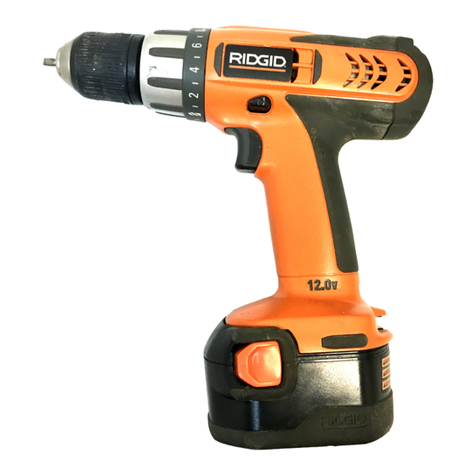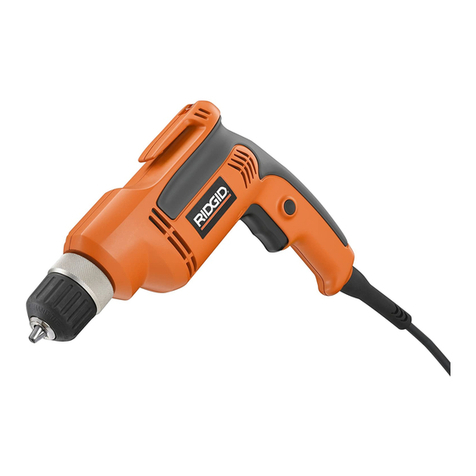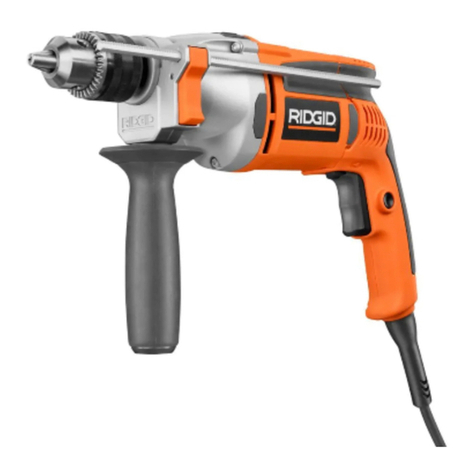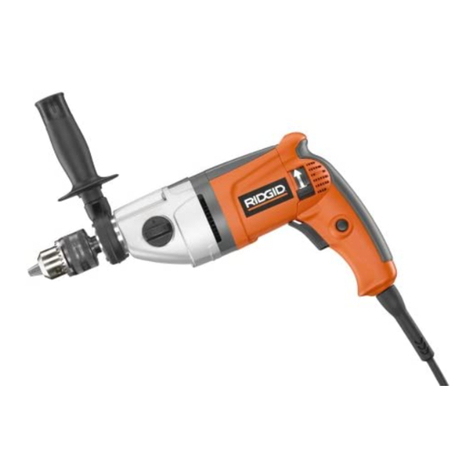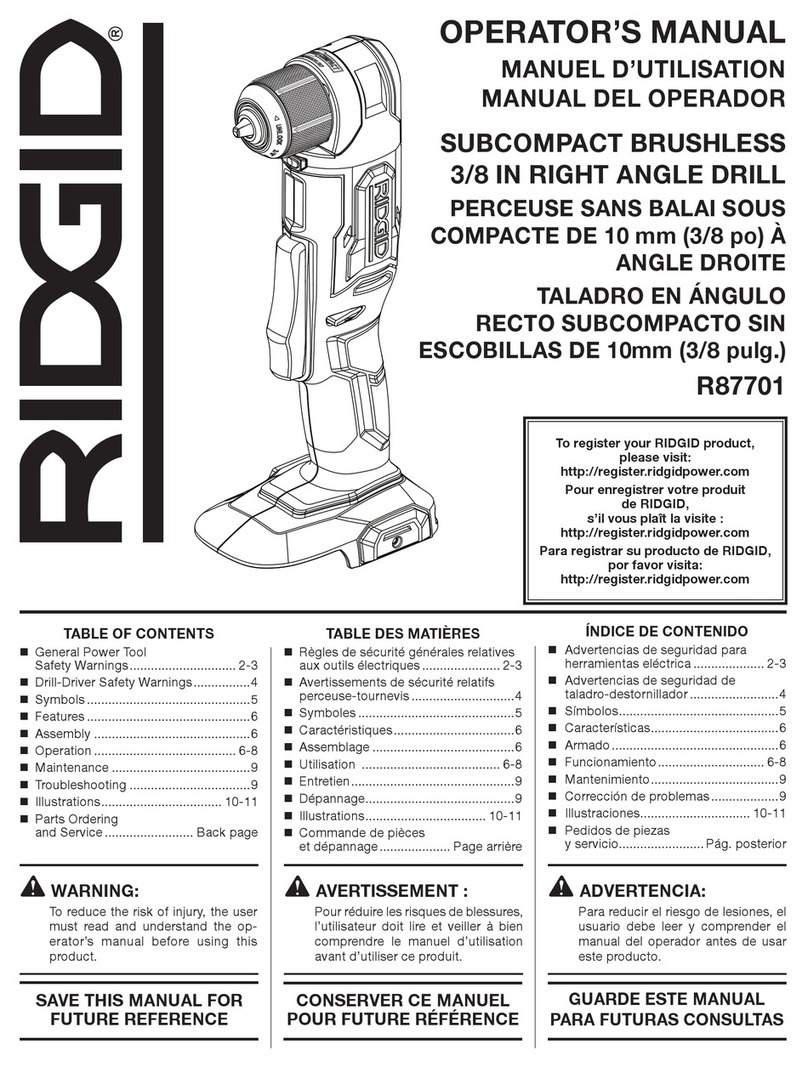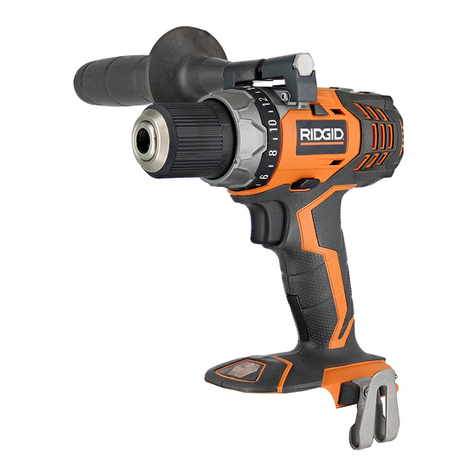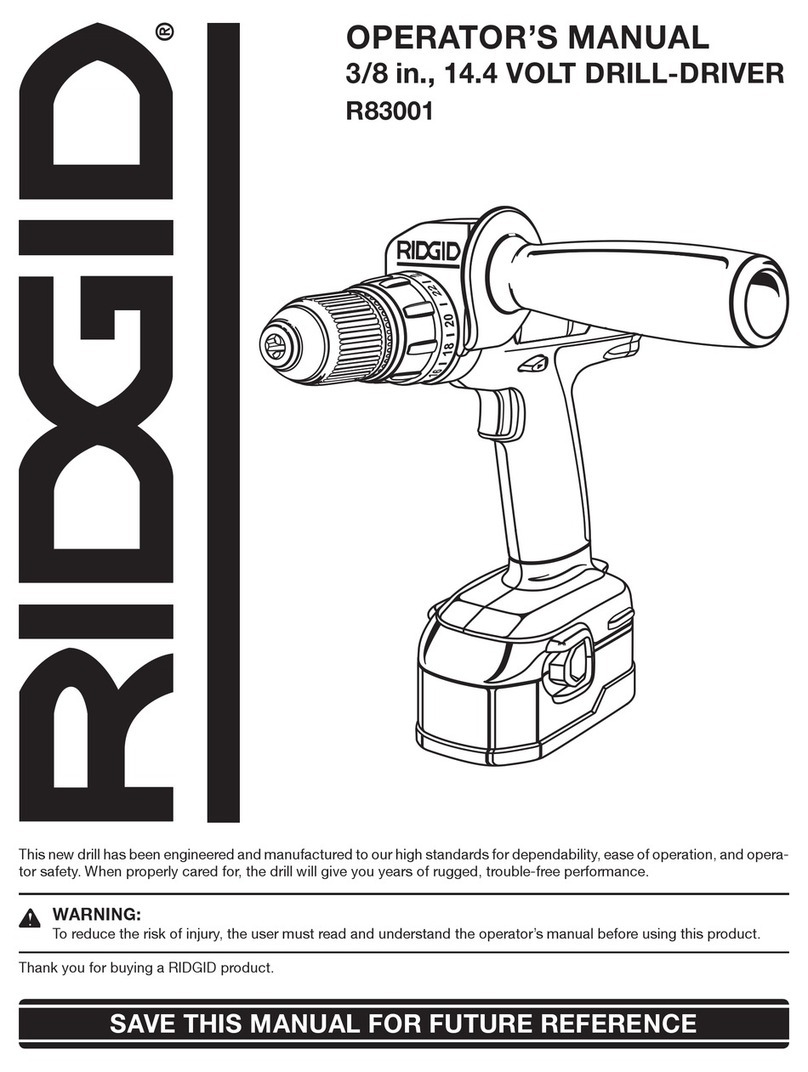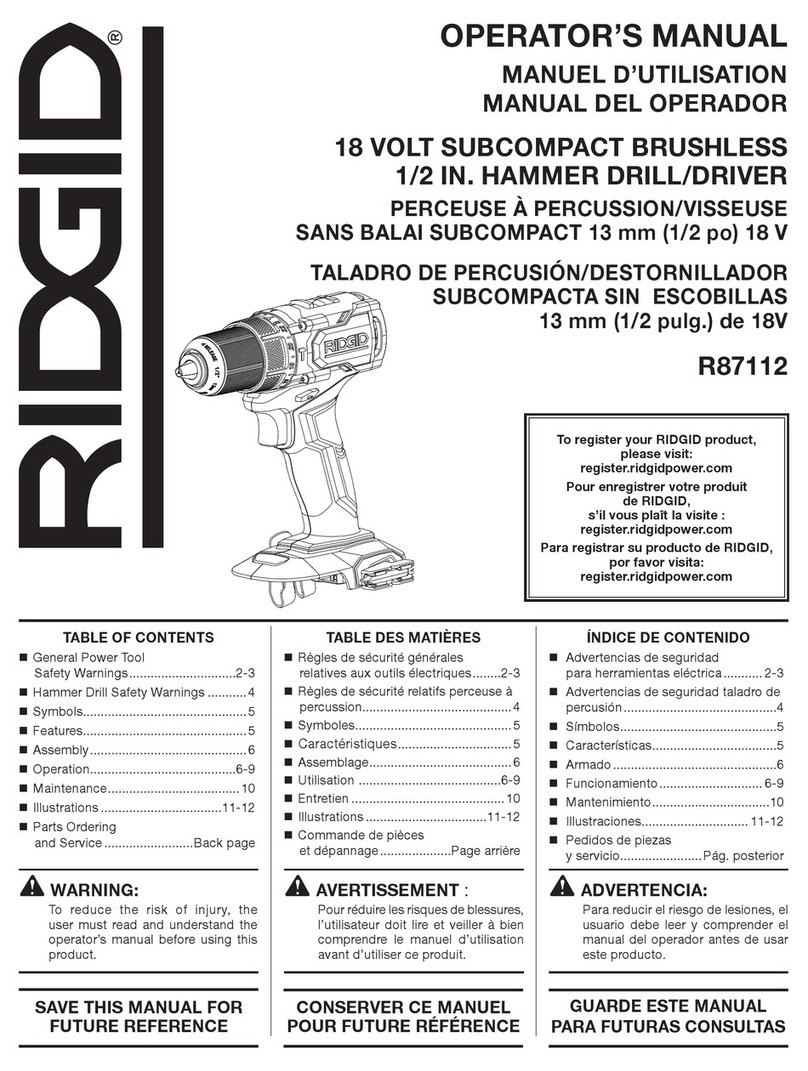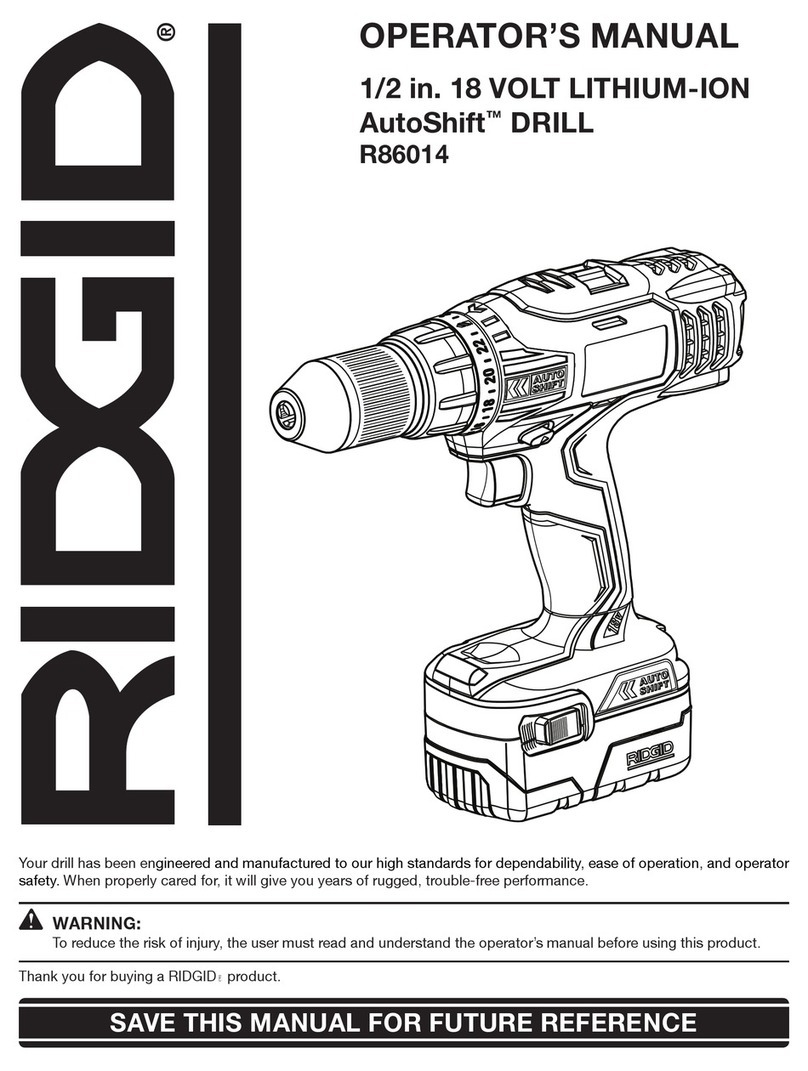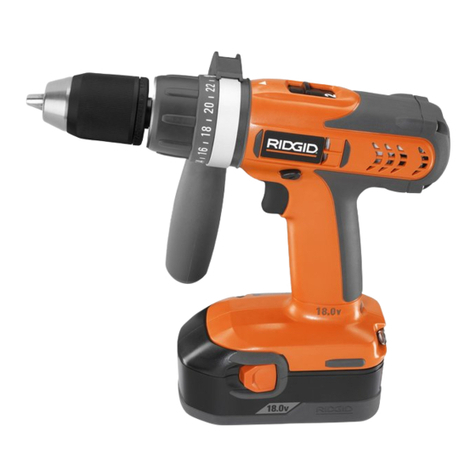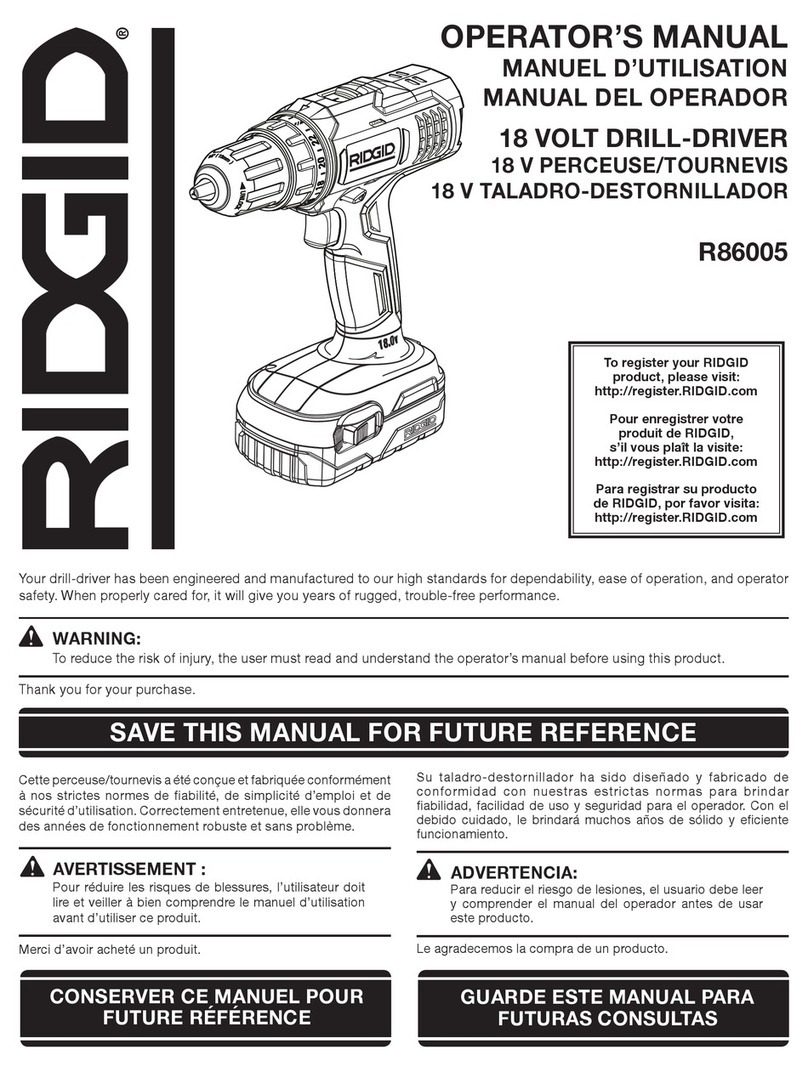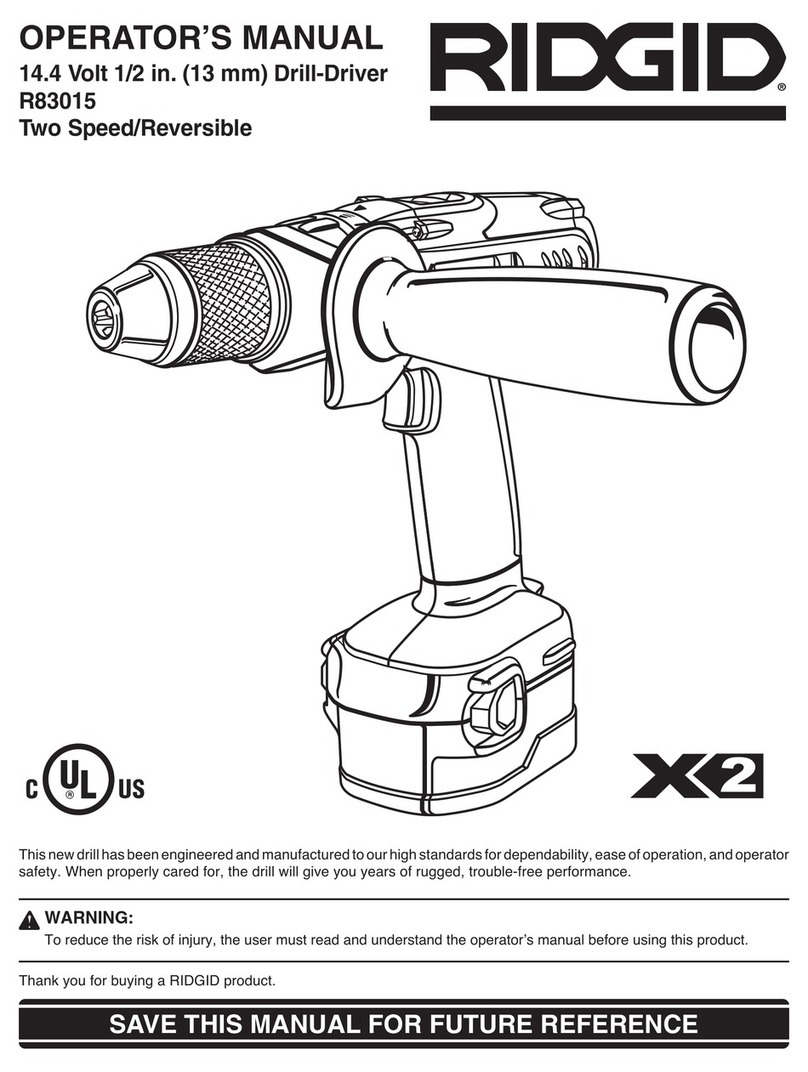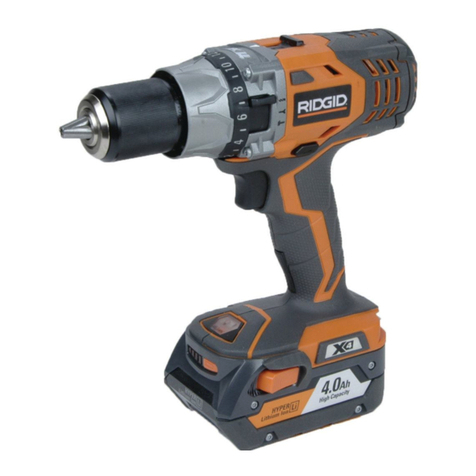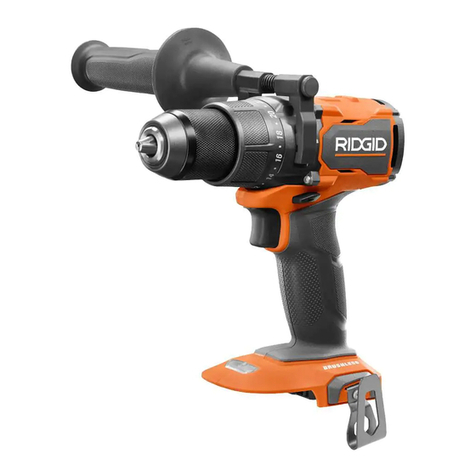
2
Table of Contents
Section Page
Table of Contents .......................................... 2
Safety Instructions For Drill Press ................. 2
Safety Symbols .......................................... 2
Before Using The Drill Press ..................... 3
When Installing Or Moving The Drill Press .... 3
Before Each Use ........................................... 4
Use Only Accessories Designed For This Drill
Press To Reduce The Risk of Serious Injury
From Thrown Broken Parts Or Work Pieces . 4
Plan Ahead To Protect Your Eyes, Hands, Face
and Ears ........................................................ 6
Glossary of Terms ......................................... 7
Motor Specifications and Electrical
Requirements ........................................... 7
110-120 Volt, 60 Hz. Tool Information ........ 8
Motor Safety Protection .............................. 9
Unpacking and Checking Contents ............. 10
Tools Needed ........................................... 10
Unpacking ................................................. 10
List of Loose Parts .................................... 11
Loose Parts in Box and Bag ..................... 11
Location and Function of Controls ............... 12
Assembly ..................................................... 13
Assembly of Base/Column ........................ 13
Installing The Table .................................. 14
Installing the Storage Tray ........................ 14
Installing the Head .................................... 15
Pulley Alignment and Speed Adjustment .. 16
Tensioning Belt ......................................... 17
Installing Feed Handles ............................ 17
Installing the Drill Chuck ........................... 17
Installing Light Bulb ................................... 19
Section Page
Adjusting the Table Square To Head ........ 19
Bevel Scale ............................................... 19
Converting From Right Hand Operation to Left
Hand Operation ...................................... 20
Quill Return Spring ................................... 22
Adjusting Belt Latch Guard........................ 23
Getting To Know Your Drill Press ................ 24
Spindle Speed in R.P.M. ........................... 25
Drilling to a Specific Depth ........................ 27
Another Way - Depth Scale ...................... 27
Locking Chuck at Desired Depth .............. 28
Removing Chuck and Arbor ...................... 28
Safety Instructions for Basic Drill Press
Operation ................................................ 29
Plan Ahead To Protect Your Eyes, Hands, Face
and Ears ...................................................... 29
Use Only Accessories Designed For This Drill
Press To Reduce the Risk of Serious Injury
From Thrown Broken Parts Or Work Pieces 30
Basic Drill Press Operation ......................... 30
Installing Drills ........................................... 30
Positioning Table and Workpiece ............. 31
Tilting Table .............................................. 32
Hole Location ............................................ 32
Feeding ..................................................... 32
Maintenance ................................................ 33
Lubrication ................................................ 33
Wiring Diagram ............................................ 33
Troubleshooting ........................................... 33
Repair Parts ................................................ 35
Safety Instructions For Drill Press
Safety Symbols
DANGER: indicates an imminently
hazardous situation which, if not
avoided, will result in death or serious
injury.
WARNING: indicates a potentially
hazardous situation which, if not
avoided, could result in death or seri-
ous injury.
CAUTION: indicates a potentially
hazardous situation which, if not
avoided, may result in minor or mod-
erate injury. It may also be used to
alert against unsafe practices that
may cause property damage.
NOTE: Advises you of information or
instructions vital to the operation or
maintenance of the equipment.
Do not attempt to use the tool until you have read thoroughly and understand
completely the operator’s manual. Pay close attention to the safety rules, in-
cluding Dangers, Warnings, and Cautions. If you use this tool properly and
only for what it is intended, you will enjoy years of safe, reliable service.
WARNING:

